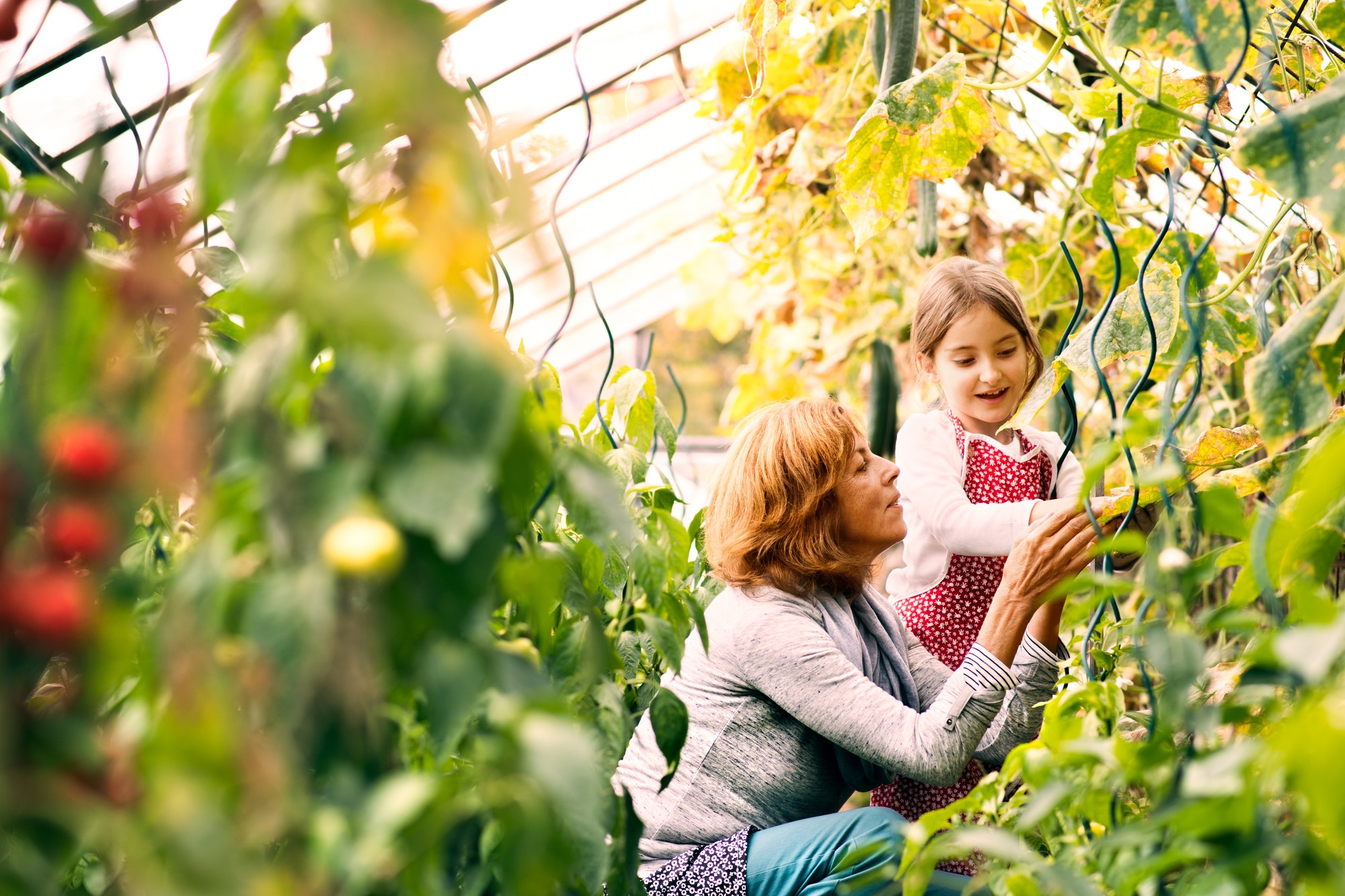Good vegetable production soil contains adequate amounts of major nutrients, such as phosphorus, potassium, calcium, magnesium, and sulfur. Its pH level should be between 6.0 and 6.8 and its organic matter level should be at least five percent. To achieve these conditions, you should add a soil amendment to your garden bed. Several times a year, gardeners till the soil to make it more fertile and seed-friendly. Garden tillers are small pieces of mechanized equipment.
While gardening is as old as farming, most people did not differentiate between these two practices. Hoe-farming, for example, is small-scale subsistence agriculture, where people grow potatoes and other crops for their own consumption. As time progressed, the practice of gardening became an independent discipline, which average people learned to appreciate under the influence of the pleasure gardens of the wealthy. Meanwhile, farming has tended to become more commercial, especially in developed countries, and has increasingly focused on economics of scale and monocropping.
Regardless of the type of gardening, some pests are common in vegetable gardens. For example, tomato hornworms are an unwelcome garden visitor. Their eggs are laid by hummingbird moths, and they can invade your garden if they seed. Another problem gardeners face is lichens, which can be difficult to eradicate. Peltigera lactucfolia is an example of a common lawn lichen.
The decision between gardening and lawn is a major one. The right location can make gardening easier and ensure the survival of your plants. Consideration should be given to the amount of sunlight, proximity to supplemental water sources, and the soil’s drained and deepness. Trees or shrubs on the property are not an ideal choice because they shade the plants and can draw moisture. This may be a consideration if you’re planning a large garden.
In the medieval period, gardens were designed for medicinal purposes. Then, they became part of church altars. Monasteries continued the tradition throughout Europe, and monastic gardens included kitchen gardens, infirmary gardens, and cemetery orchards. Individual monasteries also had their own private gardens for obedientiaries. And after the Renaissance, gardens became popular again. In India, mandala patterns were used to design gardens. These patterns represented specific deities, planets, constellations, and other entities. Such designs were known as ‘Mandala Vaatika’.
Cover crops are a great way to improve soil quality. They act as living mulch in your garden, reducing soil splash and erosion. Cover crops also contain organic matter and prevent weeds from emerging. Some gardeners use grasses and buckwheat as green manures. They are also excellent companions for established vegetable gardens. However, you should remember to turn in dead plant material after a killing frost. You should then plant several vegetables.
In the Midwest, growing vegetables is possible from April to October, but you can extend the season by growing spring and fall crops. Even if the growing season is short in your area, you can still grow vegetables in containers and greenhouses. With a little bit of planning and research, you can grow the vegetables of your dreams. Once you have the perfect growing space, your garden is sure to be a success. Just make sure you plan ahead and follow all of the guidelines mentioned here!

